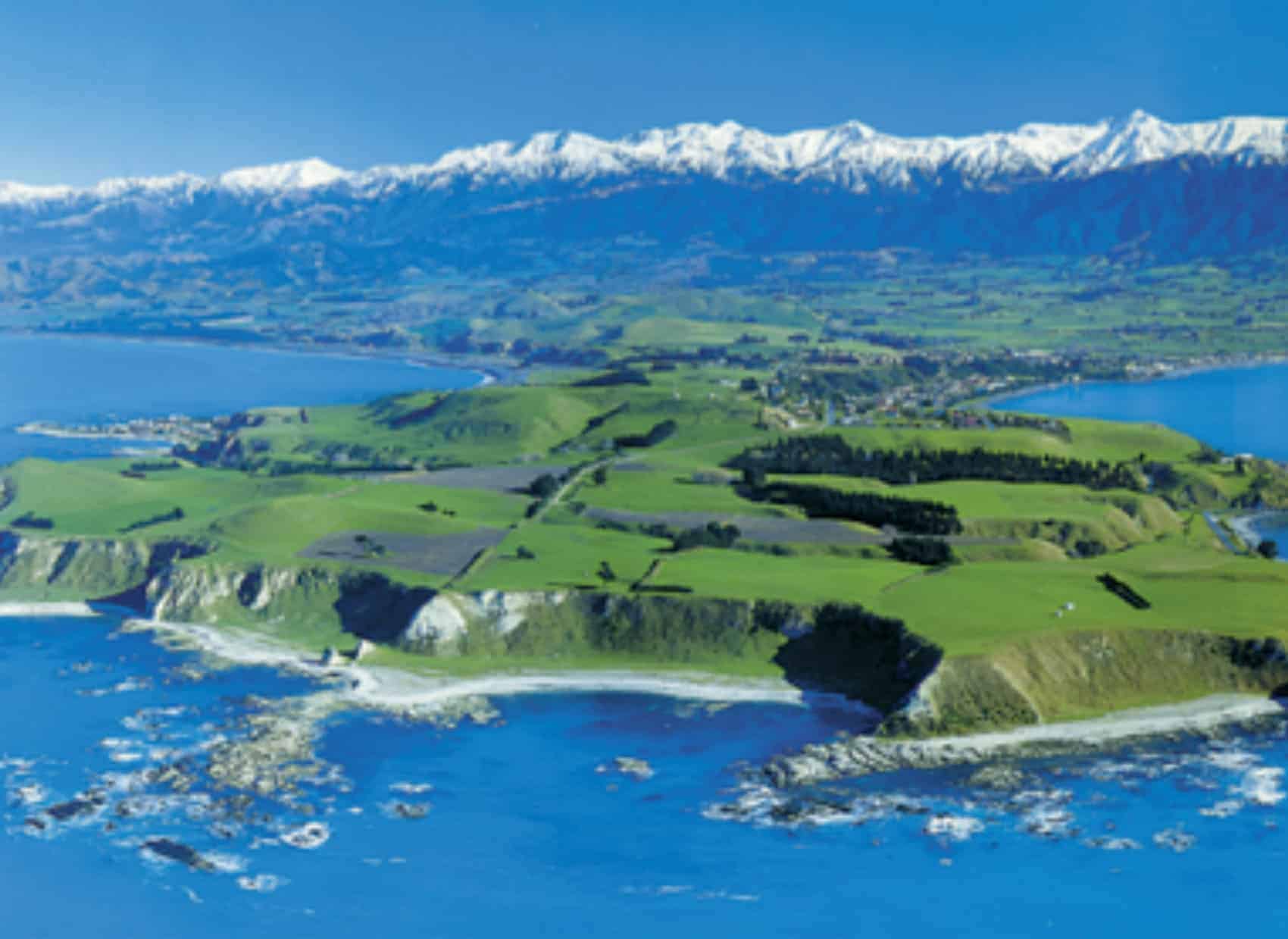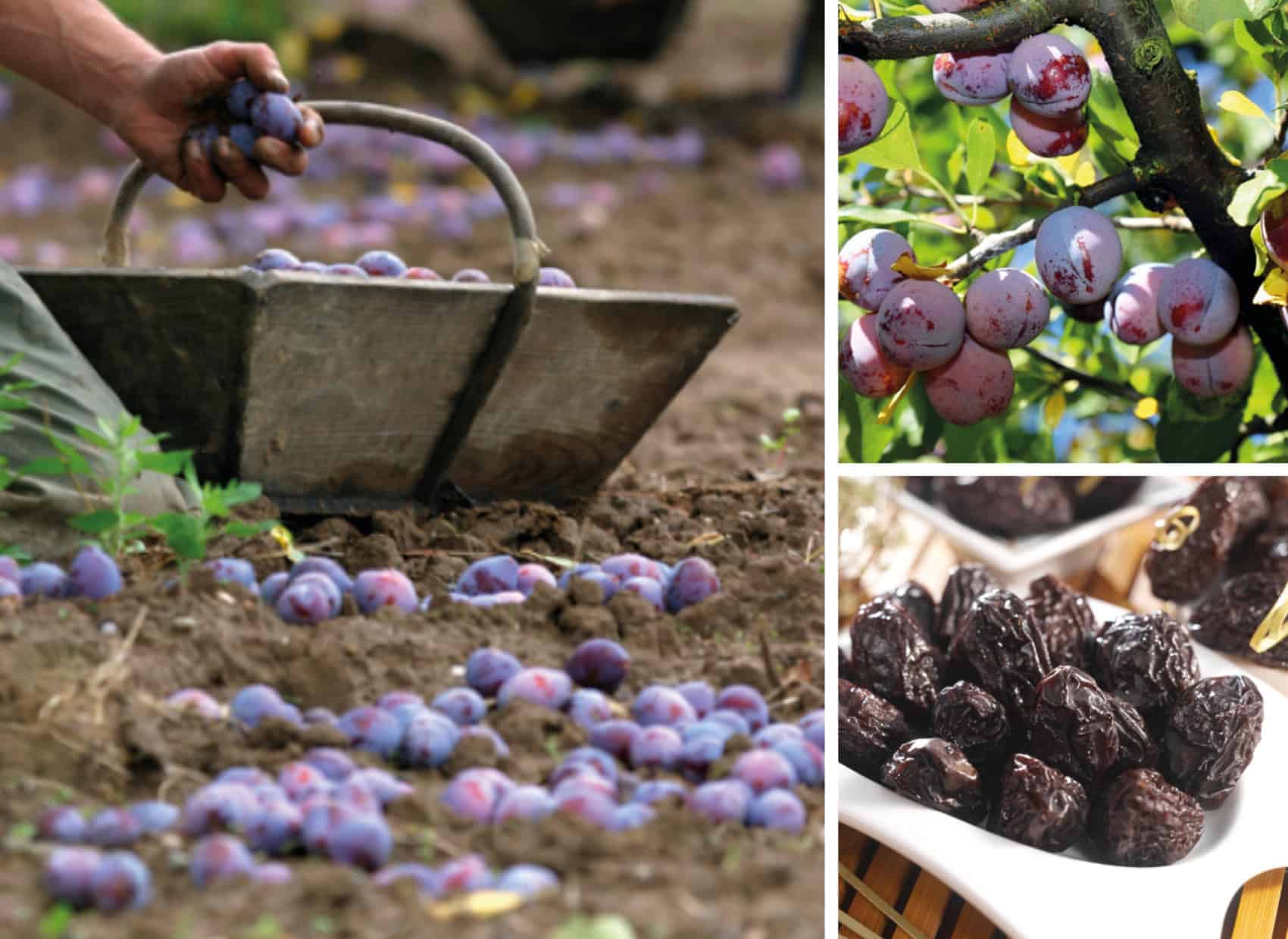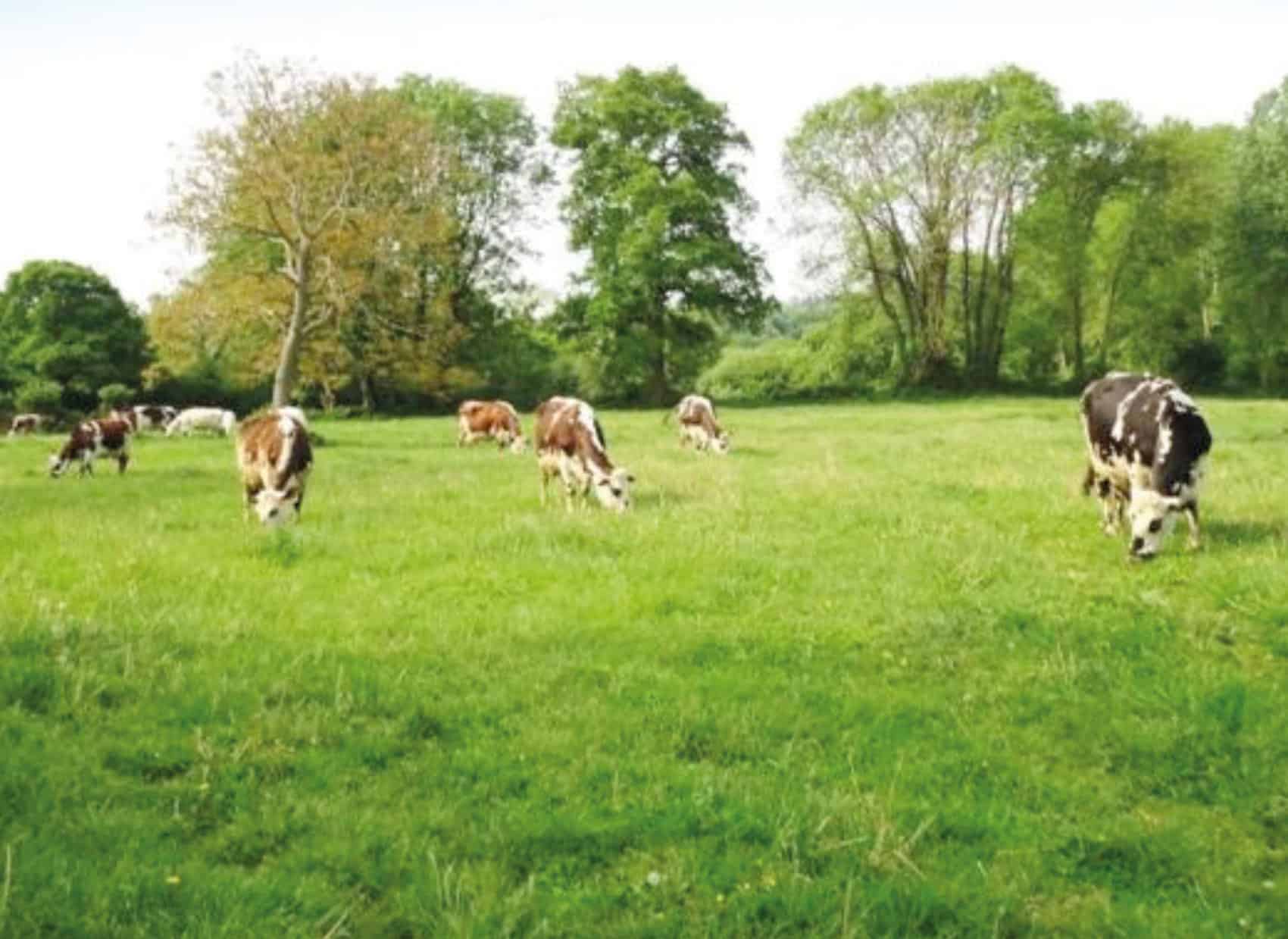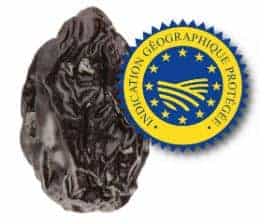Geographical Factors
How well a plant species grows is directly related to the habitat and climate where it is planted. And we respect that.

Where on Earth Can You Find Better Honey?

Unlike conventional tray-cultivated cereal grass, why not?® Wheat Grass and Barley Grass is slowly grown organically on fertile farmland in the Canterbury region of New Zealand. Cereal grass can pick up more than ninety minerals found in rich soil. Our young leaves cereal grass are harvested the moment when the vital nutrients are at their peak, preserving high chlorophyll and mineral content way beyond what tray grown cereal grass can provide. Coming from the same farm, our producers classified their crops in different grades and why not?® Wheat Grass and Barley Grass uses only the best (Grade A) among all. Our products are certified organic by AsureQuality (IFOAM accredited) in accordance with some of the world’s strictest organic guidelines.
why not?® Organic Manuka Honey and Raw Honey is gathered from remote mountain range of Southern Alps in New Zealand— A very rugged and rough terrain in isolated valleys with small bushes, trees and lush rainforest-like, undisturbed vegetation and wonderful golden sandy beaches, surrounded by three New Zealand National Parks.
Micro climate with heavy snowfall during winter allows only the strongest plants to survive there. These conditions make why not?® Organic Manuka Honey and Raw Honey naturally purer, stronger in its authentic flavour and taste.
Our beekeepers follow lunar calendar in managing their bee hives. For example, in order to not interrupt the bee’s natural development, hives are only inspected on certain days, they are called “Flower Days”, whereby bees are most active in developing their colony and brood.
why not?® honey is ethically harvested. The hives are left with reserves of honey and pollen for bees to survive the winter.

100% Agen

Agen prunes are named after a town in France where they were first planted nearly 800 years ago. The homeland of prune, Agen, is the birthplace of this best prune in the world. why not?® Agen Prune is made from this unique variety of fine-skinned, mauve-blue plums with a white bloom (the fine, slightly powdery and waxy layer). It is large and delicately flavoured and scented. The plums grows well with the soil and drying climate of Villeneuvois and Agenais regions. The clay and limestone soil of the Guyenne and Gascogne made this part of the south-west, along the valleys and banks of the Garonne and Lot rivers, the perfect place to produce Agen prunes.
Only prunes from Agen from this geographical area are entitled to the name “PRUNEAUX D’AGEN”. These fruits are exclusively produced in Ente plum orchards planted in this area. They are dried, packaged, and transformed by companies established necessarily in this same recognised territory.
Prune d’Ente in Chile or California are not the same variety as ours. You can find Santa Clara or Stanley varieties. Their taste is not as good as Prune d’Ente produced in Agen prunes area PGI (Protected Geographical Indication). Our Agen prune producer has its own Quality Department with a Quality Manager who visits the farmers before and during the crop in order to control that the plums are harvested at full ripeness to have a maximum sugar level.
We are the ONLY ONE in France to have a REHYDRATION PROCESS BY VAPOR— a minimum processing method with low heat to preserve the wholesome nutrients and fibre of our premium prune.

Field Good Factors

Babybio’s milk come from about 30 selected farms in Normandy, where the terroir is beneficial for the cows.
The soil benefit from a sweet and wet climate, as well as from a ground rich in clay and in silt. The hedged farmland offers a varied and generous vegetation, the herbs there are particularly plentiful and enriched by alluvium. The milk can only benefit from this benevolence of Natural Mother: rich in oligo-elements and in fat.
Each farm is roughly 3-6 hectare, and there are about 20-30 cows in each farm to ensure sufficient space for the cows to graze.


